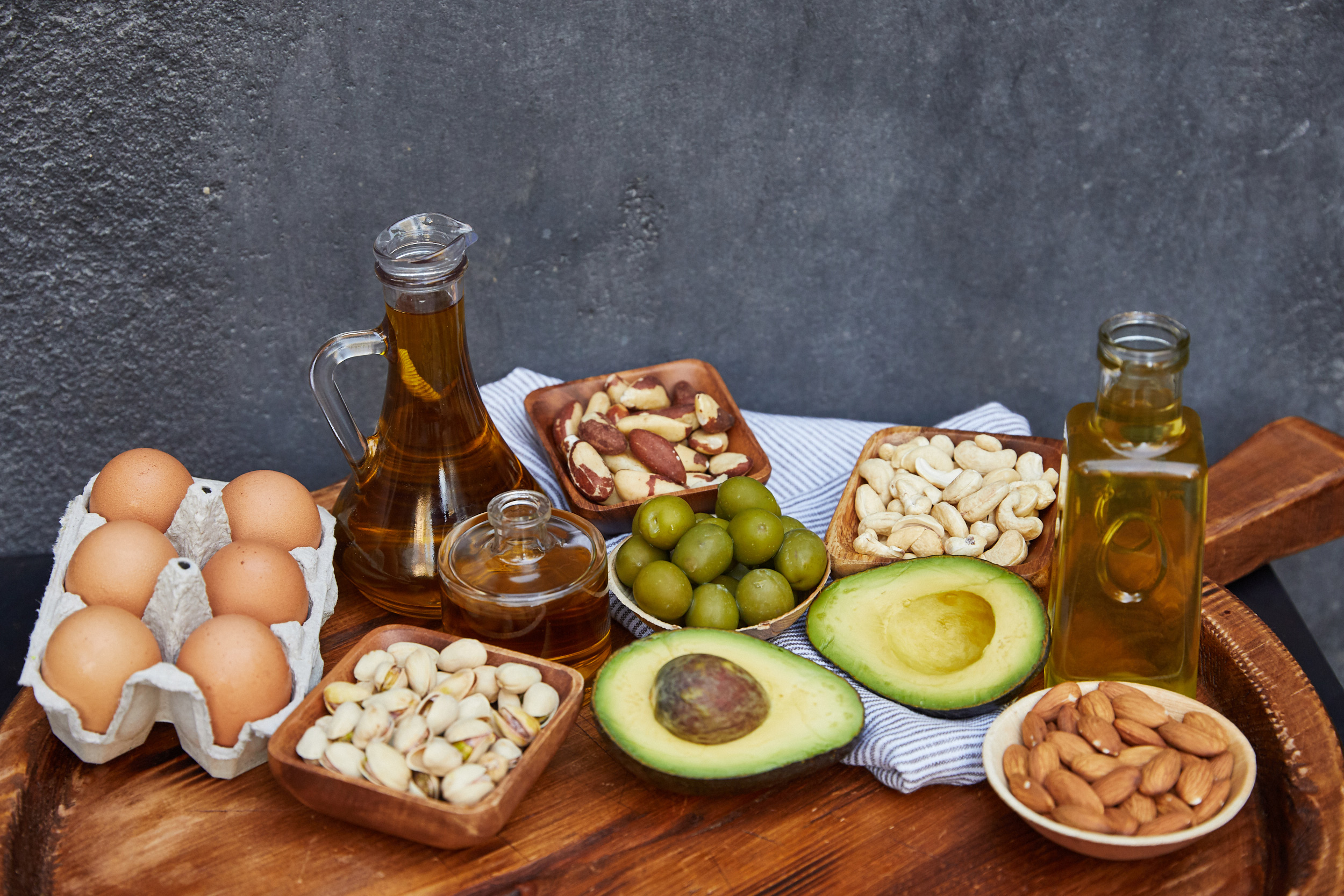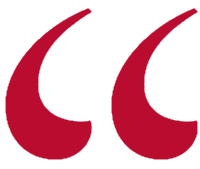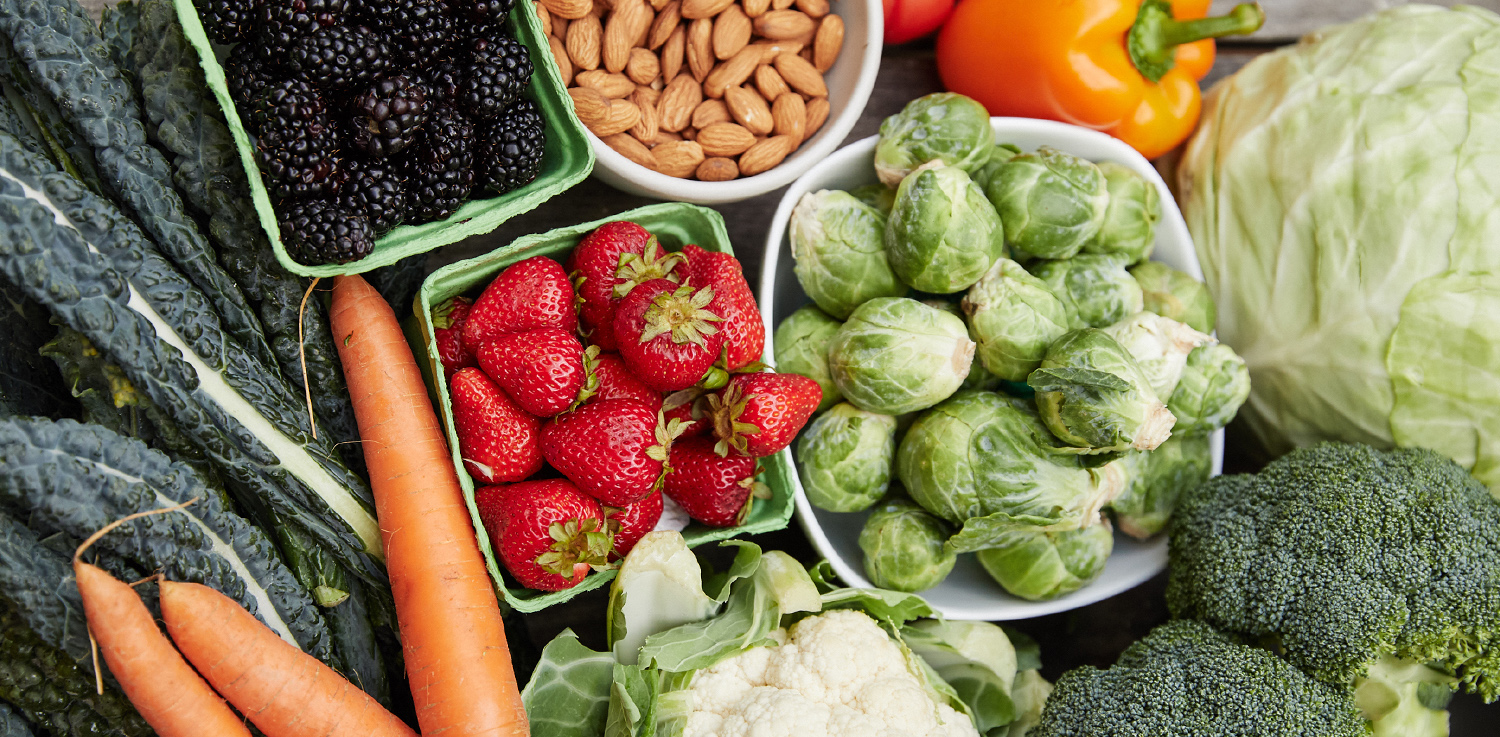Breaking Down the Keto Diet
Iona Brannon
Keto cookies! Keto ice cream! Keto fat balls! What is this Keto diet people keep talking about? Is it good for you? Is it another fad diet? Is it safe? These questions were going through our minds over here at MAED so we did some research, checked in with our in-house doctor, and can now safely say it’s not as crazy as chugging coconut oil.
Although it’s seeing a new spike in popularity, the ketogenic diet has actually been around since the 1920’s. It was studied as a way to help insulin resistance and was introduced as a treatment to reduce seizures for children with epilepsy.


Ketosis is the foundation of the keto diet. Naturally, the body favors carbohydrates over fat and protein, breaking them down into glucose as a source of energy. When the body is low on carbohydrates, it shifts gears and goes into a state of ketosis. The keto diet takes advantage of this natural function, stimulating ketosis by increasing fat and reducing carbohydrates. In ketosis, the body relies on fat as the favored source of energy, literally making a fat-burning machine.
The most common breakdowns used in standard ketogenic diets are around 70% fat, 5% carbs and 25% protein. This means that the majority of your diet will be comprised of fats. Consuming so much fat can help you feel full for longer periods of time. Dr. Drew Francis, O.M.D., L.Ac., explains that although fat has been painted to be the bad guy for years, the narrative is changing.
“Fat creates satiety,” says Dr. Francis. “It creates that ‘I am satisfied’ feeling.”
Transitioning to a diet high in fat doesn’t mean that you can eat globs of butter and bacon all day long. It’s important to keep your body’s health in mind when choosing what high-fat foods to eat. Foods that are beneficial in the keto diet are eggs, meat, ghee and butter. You’ll want to veer away from unhealthy fats that make you feel groggy and greasy afterward. Make sure to eat vegetables that are low in carbs, as are most green vegetables. Spinach, brussel sprouts, broccoli and bok choy are some nutritious veggies to incorporate into your diet. Stay away from vegetables and grains that are high in carbohydrates such as potatoes, peas, corns and beans.


You’ll find a boost of energy as your body adapts to a state of ketosis.
If you do not consume animal products, you may find the keto diet to be more restrictive. It is not as flexible, but it is definitely not impossible. Nuts, seeds, and healthy oils such as coconut oil and flaxseed oil will be foundational for your keto diet.
“Remember we’re talking about good fat like avocado, avocado oil, olive oil, omega-3,” says Dr. Francis, stressing the importance of healthy fats.
If you do decide to try the keto diet, you might experience a phenomenon so common it’s been dubbed the ‘keto flu.’ Don’t be surprised if you feel even more tired and cranky than before or if your friends tell you that your breath stinks. Your body goes through an adjustment period for a few weeks as it gets used to the new carb restrictions and shifts into ketosis. As your glycogen levels are reduced, you might drop a few pounds in water weight as well.
Some side effects to be on the lookout for range from dizziness to lack of concentration to irritability and nausea as your body experiences withdrawal. Don’t let those first few weeks get you down though. Replenishing your electrolytes, making sure you get enough sodium and drinking lots of water can help you feel better during this time of transition. Try to eat alkalizing and high-fiber foods too.
You’ll find a boost of energy as your body adapts to a state of ketosis. There have even been claims from avid keto fans that it reduces blood pressure, cholesterol, acne and PMS symptoms.
It’s important to note that the keto diet may not be suitable for those with Type I diabetes and as with any change in dietary lifestyle, you should consult with a physician before starting the keto diet.







